Most of us have searched for a soothing cleanser to remove makeup, dead skin cells, and other impurities from the skin. Sure, the average soap cleanser does the job, but you are left with dry skin that’s devoid of any glow.
This is where the cleansing milk comes in. It will clean all the dirt and grime on your skin, yet make it feel nourished and plump. This DIY cleansing milk helps clean up your face without making the skin dry, controls sebum production, and makes your skin healthier, smoother while giving it a soft, moisturized, and supple feeling.
This DIY cleansing milk is made with mild soap and contains aloe vera as the main ingredient to moisturize your skin without giving any greasy feeling. Let’s take a look at what is cleansing milk, what are the benefits of cleansing milk, and the ingredients used in making it.
What Is Cleansing Milk?
Cleansing milk is lightweight, gentle on the skin, and has a milky, soft texture. Cleansing milk is a combination of oils, water, mild surfactant (soap), and other ingredients that can remove the makeup and dead skin cells from the outer layer of the skin. Unlike other harsh cleansers, cleansing milk does not strip the skin of the necessary oils and thus keeps it hydrated.
The main focus of cleansing milk is to remove the makeup, dirt, and grime of the skin without affecting the quality of the skin in general. Due to the lack of harsh chemical exfoliants, cleansing milk is beneficial for all skin types including sensitive skin which cannot tolerate other cleansing ingredients.
What Is The Difference Between A Regular Cleanser And Cleansing Milk?
Although the purpose of both cleansing milk and regular cleanser is the same, there are several differences between these two products –
- Cleansing milk has a creamy texture. Unlike regular cleansers, it does not foam. Cleansing milk feels smooth and glides on applying on the face, whereas cleansers give a typical rough feel on being rubbed onto the skin.
- Another important difference is in the suitability of skin types. Regular face cleansers are not effective on sensitive skin. However, cleansing milk is effective on all skin types including sensitive skin and oily skin. It does not disrupt the oil balance on the skin and hence does not trigger the skin to produce more sebum.
What Are The Benefits Of DIY Cleansing Milk For Face
This cleansing milk for face is made with highly effective ingredients like aloe vera, witch hazel, and nourishing oils. The benefits of these ingredients for skin are followed below –
Aloe Vera
Aloe Vera is known for its healing and moisturizing properties. Aloe vera helps to moisturize dehydrated skin because the main constituent of aloe vera is water, 98%, so it is capable of hydrating, moisturizing, and hydrating the skin. (Source)
Being aloe vera as the main ingredient in this DIY cleansing milk for face, aloe vera helps to exfoliate dead skin cells, unclogs blocked pores, and prevents the formation of blackheads and whiteheads. The natural astringent properties of aloe vera absorb excess oil and other impurities built upon the skin. (Source)
Aloe vera has antibacterial and anti-inflammatory properties that help reduce pain, swellings, and even soreness that may be caused by acne and pimples. It also helps to heal acne scars and lightens dark spots and balance the sebum production in oily skin. (Source)
Witch Hazel
Witch hazel has astringent properties which help to shrink larger skin pores and control sebum production. It also has anti-inflammatory properties which help to calm the redness of the skin, reduce skin irritation and help to treat pimples. This DIY cleansing milk for face made with witch hazel helps to exfoliate dead skin cells and unclogs blocked pores.
Glycerin
Glycerin is a humectant and also an emollient. Glycerin allows the skin to retain moisture, stay hydrated, and also helps to make skin soft. Glycerin is very gentle on the skin and can help to soothe the irritated skin caused by eczema and psoriasis.
Glycerin has antimicrobial properties, can keep skin hydrated without triggering excess sebum, and has a non-greasy effect on the skin. And thus, it can be used in making any face cleanser and milk cleanser.
Grapeseed oil
Grapeseed oil is best for all skin types because it does not clog pores, gets easily absorbed into the skin, and is non-greasy on the skin. It helps to moisturize skin, treat acne, tighten the pores, and even lighten the skin.
Grapeseed oil is rich in Omega-6 fatty acid and Vitamin E. The Omega 6 in grapeseed oil is linoleic acid and it may help reduce inflammation in the middle and outer layers of skin. Vitamin E helps keep free radicals that cause dry skin, aging, and discoloration away.
Grapeseed oil has anti-inflammatory, antimicrobial, antioxidant properties. It is the antimicrobial property of grapeseed oil that treats acne outbreaks and helps to balance sebum production.
Lemongrass Essential Oil
One of the best effect of lemongrass essential oil on the skin is that it removes the extra oiliness from the skin, minimizes large open pores, and helps to balance sebum production due to its astringent properties. It unclogs blocked pores and exfoliates dead skin cells by removing dirt, blackheads, and whiteheads. Lemongrass oil has antifungal, antibacterial, and anti-inflammatory properties that help to fight acne-causing bacteria.
Cocamidopropyl Betaine (Surfactant)
Cocamidopropyl betaine (CAPB) is a surfactant that’s derived from coconut oil. You can find it in many personal care products like face wash, soap, shower gels, shaving cream, etc.
Surfactant (Cocamidopropyl betaine) is a detergent that allows water to wash away the oil and dirt from your skin by decreasing the surface tension of water and making it easier to wet your face. Surfactants are both lipophilic – oil-loving -and hydrophilic -water-loving, which enables them to remove dirt and oil from your skin.
Some surfactants are harsher on the skin but Cocamidopropyl betaine is gentle on the skin and doesn’t cause irritation. In fact, it’s often used in cleansers because of its thickening and foaming properties, which help moisturize the skin. Cocamidopropyl betaine (CAPB) is vegan and safe to use for all skin types.
Note- Some people have allergies to particular chemicals or natural ingredients. So, always do a patch test before applying anything new to your skin.
Emulsifying Wax NF
It is extracted from the fatty acids of plant oils. It is used to combine oil and water in facial creams, cleansers, body lotions, moisturizers, and other skincare products. These products are considered non-toxic even when used regularly.
Cetearyl Alcohol
It is a fatty alcohol derived from vegetable oils, which is used as a thickener in creams and lotions. It does not harm your skin or hair and is commonly used in personal care products as they help make products smoother, thicker, and foamier. They, like emulsifying wax, also prevent products from getting separated over time.
Recipe For DIY Cleansing Milk For Face
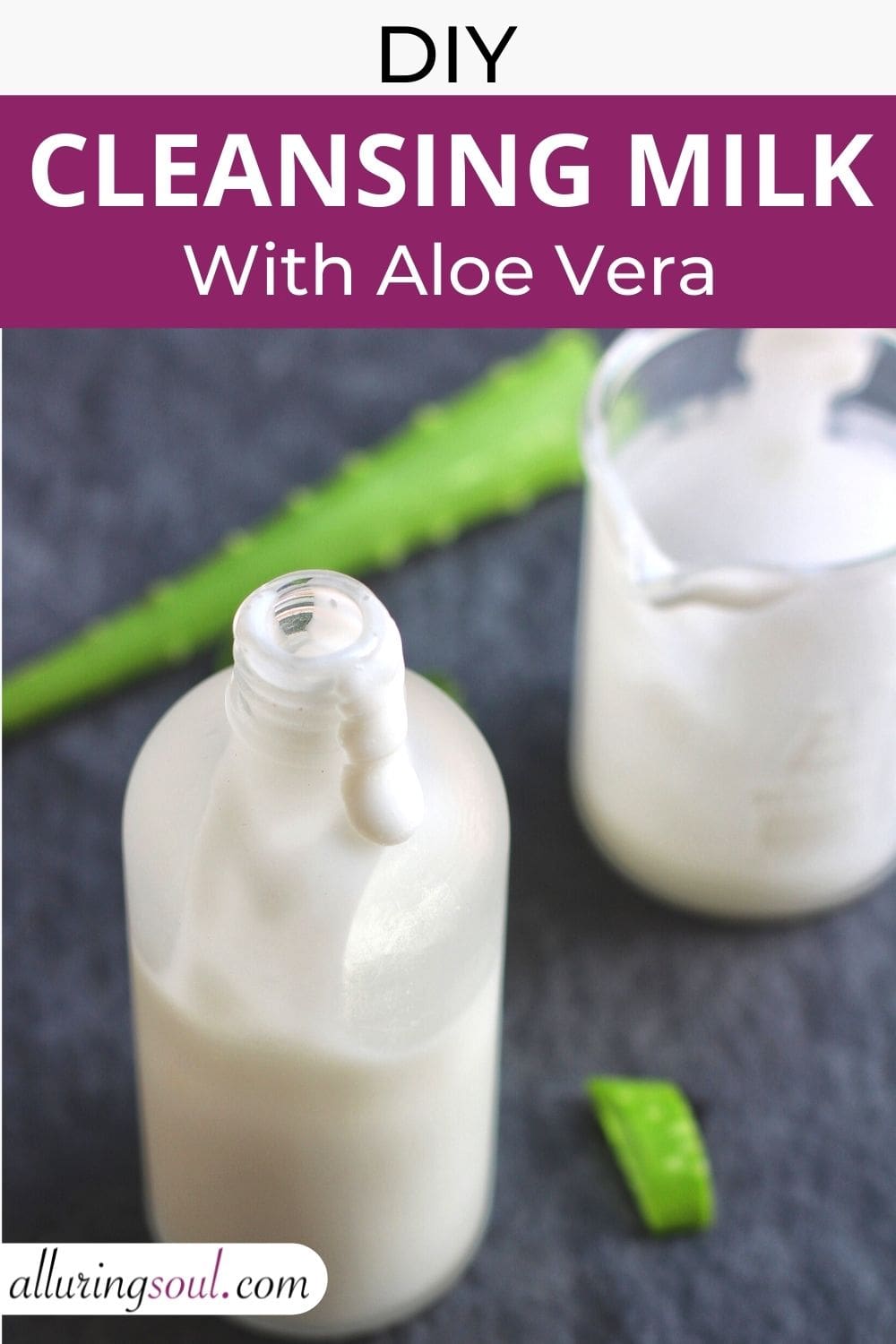
- 20.2g Distilled Water (Buy From Here)
- 12g Witch Hazel (Buy From Here)
- 40g Aloe Vera Liquid or Juice (Buy From Here)
- 4g Cocamidopropyl Betain (Buy From Here)
- 10g Glycerin (Buy From Here)
- 0.3g Xanthan Gum
- 4g Emulsifying Wax NF (Buy From Here)
- 1g Cetearyl Alcohol (Buy From Here)
- 8g Grapeseed Oil (Buy From Here)
- 0.5g Liquid Germall Plus (Preservative) (Buy From Here)
- 20 Drops Lemongrass Essential Oil (optional)(Buy From Here)
- Prepare a double-boiler system by adding about 1 inch of water in a wide, flat-bottomed sauté pan. Put the pan on the stove and set the stove on low heat.
- Weigh the water phase ingredients into a small heat-resistant glass measuring cup.
- Weigh the oil phase ingredients into a second heat-resistant glass measuring cup.
- Place both measuring cups in your prepared double boiler system to melt everything through.
- Cover the water phase ingredients container with aluminum foil to avoid evaporation of water content.
- After about 20–30 minutes the oil part should be completely melted and the water part should be warmed.
- Remove the double boiler pan from the heat, remove the foil and pour the oil part into the water part.
- Mix the water and oil mixture with a spoon vigorously to combine them. Stir the spoon for 10-15 seconds.
- Now, immediately grab your immersion blender or milk frother (use for smaller quantities) and begin blending the lotion. Blend for about a minute, then, remove the mixture container from the double boiler pan.
- Leave the measuring cup to cool for ten minutes.
- After 10 minutes, blend for another minute or two, and repeat this blend-cool-blend cycle until the glass measuring cup is barely warm to the touch and the cleansing milk mixture is slightly thick and creamy.
- When the lotion is cool it’s time to incorporate cool-down phase ingredients.
- Weigh down the liquid germall plus preservative and essential oil (optional) and add them into the cleansing milk mixture.
- Mix everything well and store it in an airtight jar.
- Your DIY cleansing milk for face is ready.
2. Additionally, pregnant women, infants, and young children should avoid certain essential oils. so be sure to do your homework beforehand.
3. Keep the face cleanser container away from light.
How Do You Wash Your Face With Cleansing Milk?
Using cleansing milk is pretty easy. Since cleansing milk does not require any water for activation, you can use them anywhere. Here is how you should use cleansing milk in your skincare routine:
- Wash your hands very well. This is to ensure that no dust or bacteria from your hands is transferred to your face while cleansing.
- Take a small amount of cleansing milk on your palm and spread it evenly on your face.
- Massage your face using soft and gentle motion for one minute to make sure that the cleansing milk penetrates your skin well.
- Pay special attention to the sides of your nose, hairline, and the area under your eyebrows where makeup and dirt are easily trapped.
- Clean the excess cleanser from your face with warm water using your hand or a wet towel. Make sure the cleansing milk is removed entirely as milk cleansers can leave a residue.
- You can follow it up with a face cleanser or a toner depending on the amount of makeup that you have applied.
Can I Use Cleansing Milk To Remove Eye Makeup?
Yes, cleansing milk can remove eye makeup. Using cleansing milk, you can dissolve all the eye makeup without letting the harsh cleansing effect of cleansers impact the soft skin around the eyes.
- Apply a little DIY milk cleanser to a damp cotton round or washcloth.
- Gently swipe across the eye, moving from the inner corner to the outside.
- Rinse with warm water.
NOTE: Make sure you do not add any essential oils in your cleansing milk if you are making it for removing eye makeup because some essential oils can irritate your eyes.
Does Cleansing Milk Remove Makeup And Sunscreen?
The best way to remove sunscreen and makeup, especially waterproof makeup, is by using cleansing milk.
Cleansing milk is an oil-based makeup remover. It can remove even the most stubborn makeup and sunscreen. For best results, you can use the double cleansing technique. Use cleansing milk to dissolve and remove the oil and grease from your face, then follow it with a mild water-based cleanser.
Can I Use Cleansing Milk Daily?
Yes, cleansing milk can be used daily. Since the cleansing milk does not disrupt the natural oil balance of your face, you can use cleansing milk daily without damaging your skin’s sebum content.
Do I Need To Wash My Face After Using Cleansing Milk?
No, washing your face is not necessary after using cleansing milk. Cleansing milk is a complete cleanser in itself. This means that it can dissolve and clean all the traces of makeup, dirt, and extra oil from your face. Just wash your face with plain warm water after wiping off the cleansing milk. And then, pat dry your face with a towel.
However, it is a good idea to use a mild face wash along with cleansing milk after a heavy makeup or workout. This will ensure that the foam in the face wash will penetrate the pores of the skin and wash away any residual dirt there.
Can I Apply Cleansing Milk On My Face Twice A Day?
Yes, you can use cleansing milk on your face twice a day. Using cleansing milk in both AM and PM routines will ensure that your face is both cleansed and nourished before you proceed to apply makeup or do any other skincare.
A milk cleanser can be too heavy to be used twice a day for those with oily or acne-prone skin. Instead, make the milk cleanser part of your evening routine and use it in conjunction with a mild face wash.
Does Cleansing Milk Clog Pores?
Depending on your skin type, cleansing milk can clog your pores. As the cleansing milk is an emulsion of oil and water, it has to be wiped thoroughly. If any dirt, oil is stuck to the cleansing milk and remains on your skin, it will most likely accumulate in the pores and clog them.
For those using heavy makeup or exposed to higher levels of dust, it is advisable to follow the cleansing milk with a gentle cleanser to ensure that there is absolutely no residue on your skin.
Is Cleansing Milk Good For Oily Skin?
Although cleansing milk is beneficial for all types of skin, using it on extremely oily skin may not be the ideal choice. This is because cleansing milk is an emulsion of oil and water. By using it on already oily skin, it will contribute to an excess of oil on the skin, making it look greasy and susceptible to breakouts.
Though, you can combine this cleansing milk with your regular face wash – if your skin tolerates both. You should only double cleanse at night. In the morning, one face cleanser is enough. Use the cleansing milk as the first step for removing makeup, sunscreen, and the dirt of the day. Then apply your regular face wash to remove any makeup or oil residue from your skin pores.
Is Cleansing Milk Good For Dry Skin?
Yes, cleansing milk is ideally made for dry and sensitive skin types. Dry skin responds poorly to harsh cleansers which deprive the skin of the necessary oils. However, cleansing milk will not only clean the dirt and makeup from the skin but also penetrate deep into the skin, providing all the necessary nourishment.

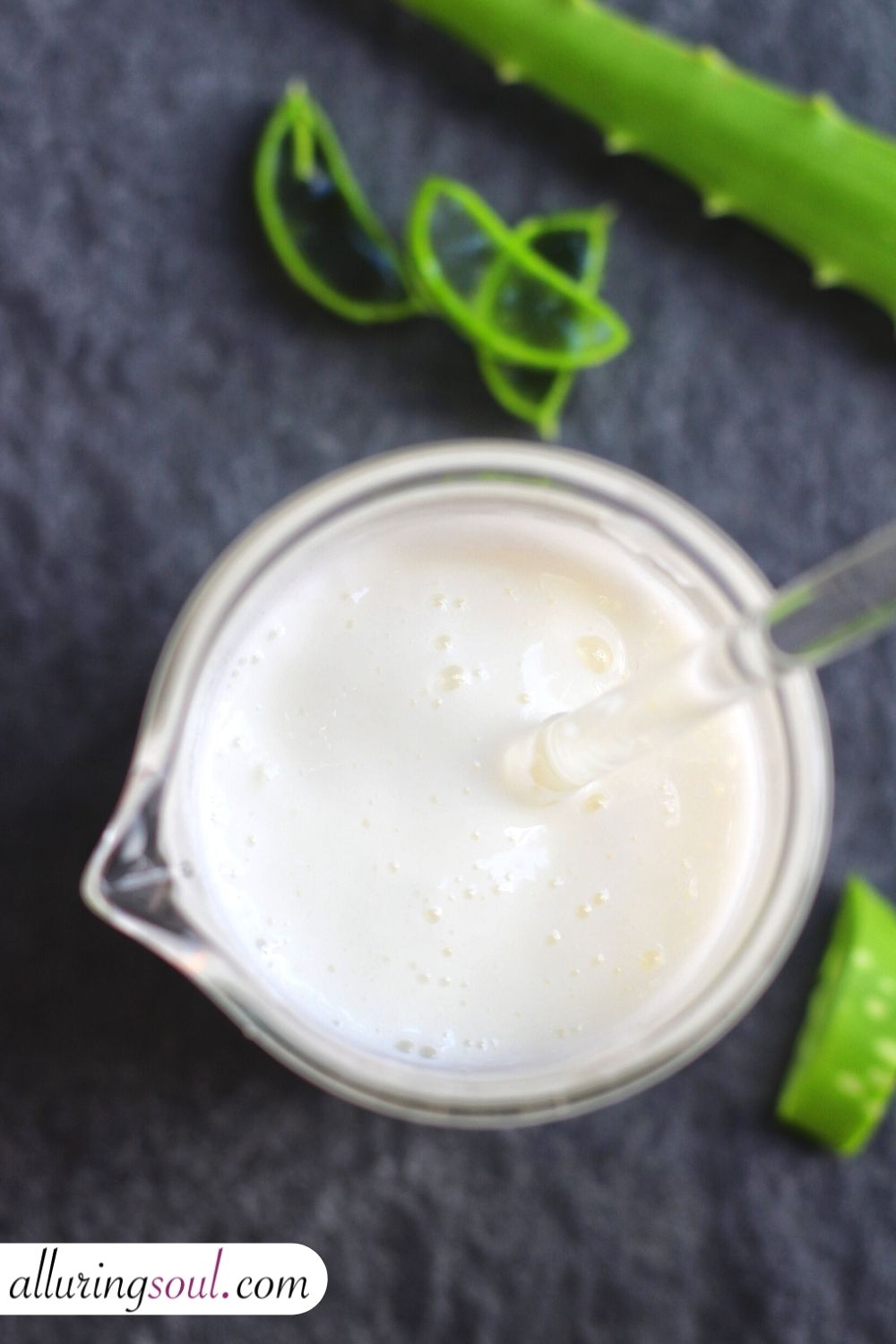




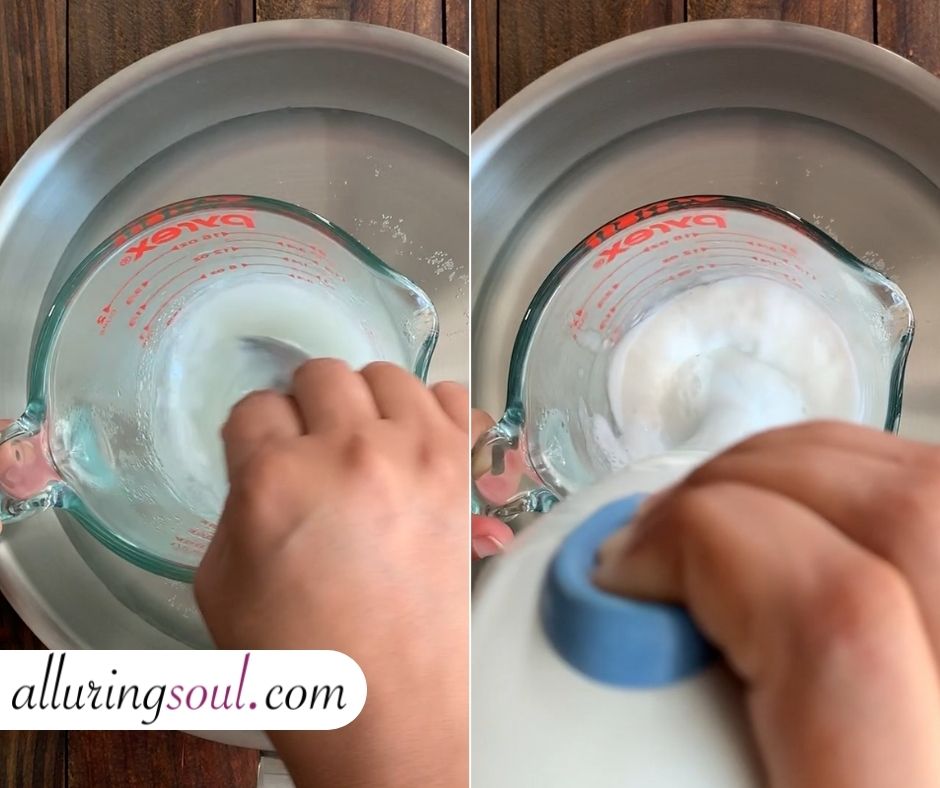

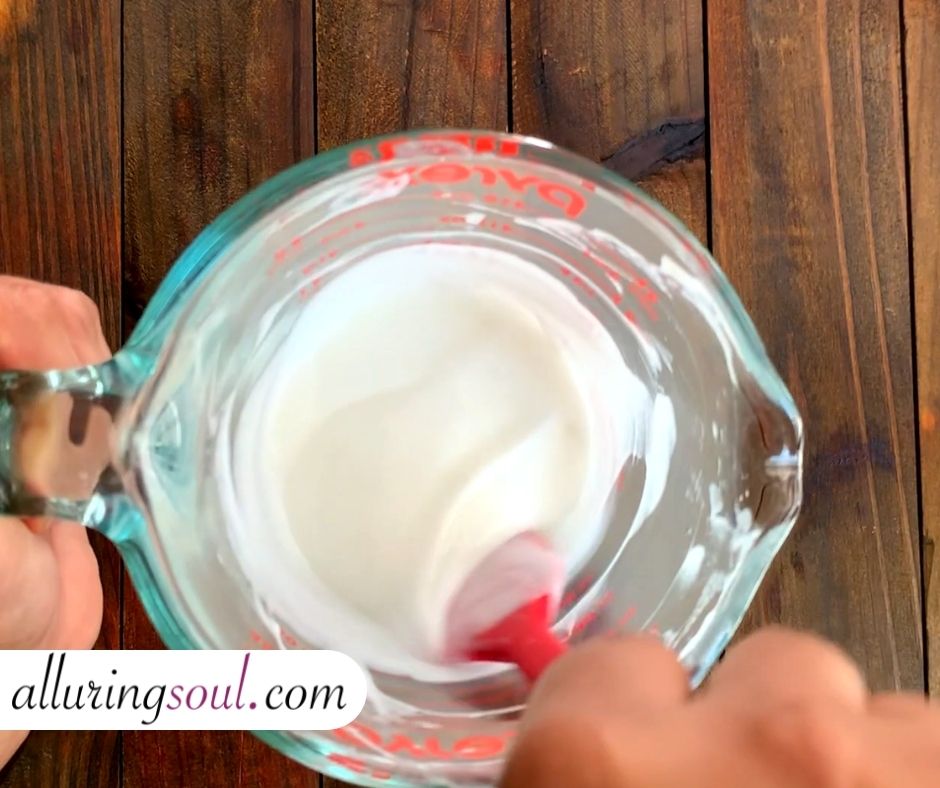
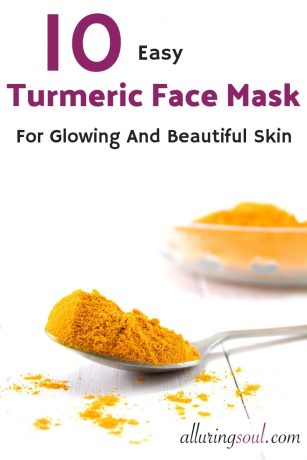
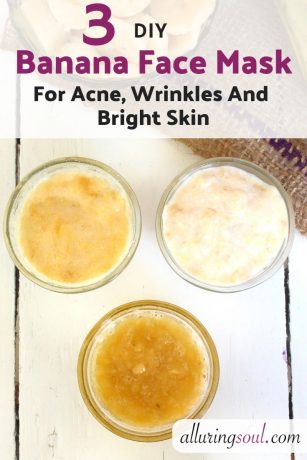
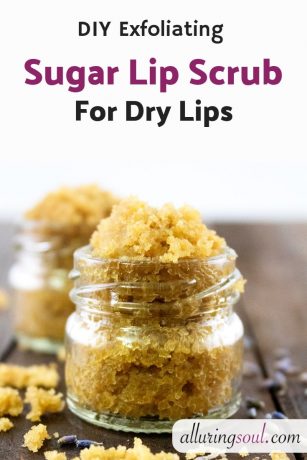
No Comments